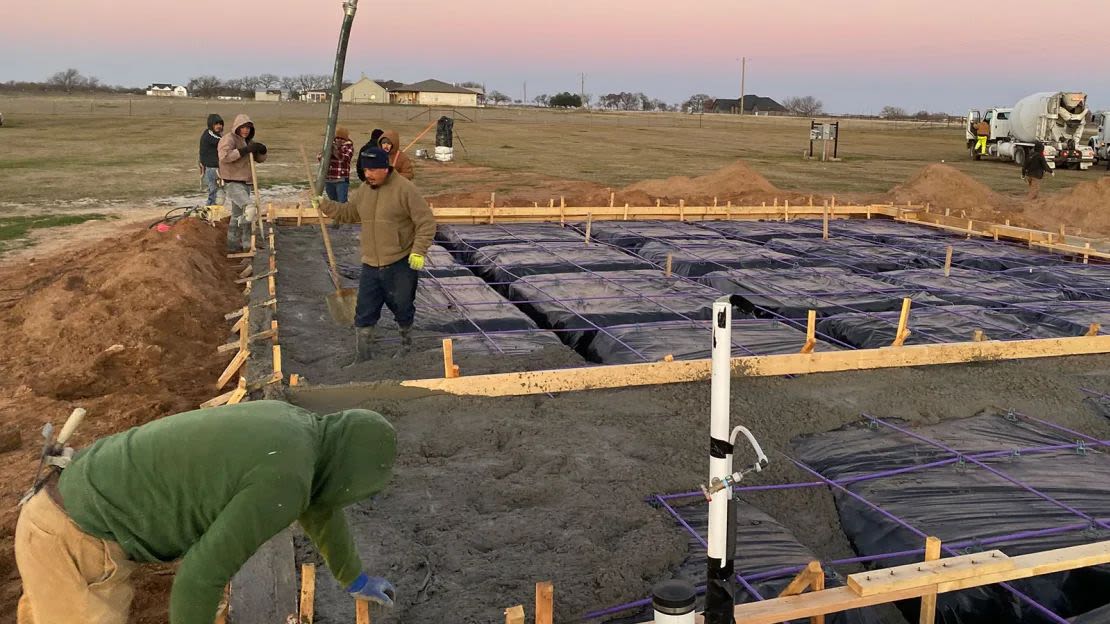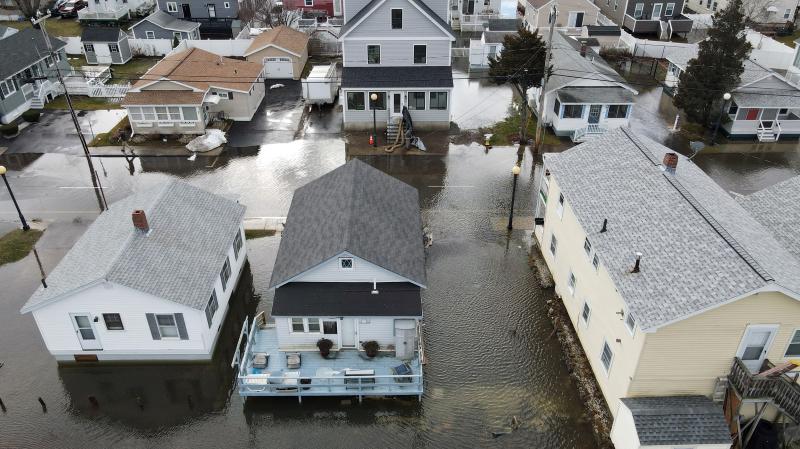On July 1, 2025, Florida will implement a landmark reform on construction regulations following the passage of House Bill 683 (HB 683), championed by Governor Ron DeSantis. This sweeping update modernizes building codes, streamlines administrative processes, and introduces new standards affecting residential and public construction projects. While the legislation formally applies to Florida, its implications resonate nationally given Florida’s prominence in the construction and real estate markets.
This detailed analysis explores the key provisions of the HB 683 reform, the motivations driving these changes, and how they affect construction workers, contractors, property owners, and broader U.S. industry trends.
1. Context and Drivers of the Reform
Florida’s unique environmental conditions, rapid population growth, and booming real estate market create acute pressure for efficient, safe, and sustainable construction regulation. The state has long struggled with:
- Lengthy, bureaucratic permitting and approval processes delaying projects
- Confusing or inconsistent building code enforcement at municipal levels
- Growing demands for sustainability amidst water scarcity and climate challenges
- Increasing infrastructure needs in aerospace, public works, and residential sectors
The HB 683 reform package responds directly to these challenges by:
- Cutting red tape and speeding up permits
- Introducing standardized requirements for emerging materials and technologies
- Raising safety standards for elevators and security systems
- Promoting innovation and investment through strategic regulatory exemptions
Recent political and economic agendas emphasizing job creation, investment incentives, and disaster resilience have underpinned Governor DeSantis’s push for this wide-ranging legislative update.
2. Key Changes in Florida Construction Law Effective July 2025
The five most notable regulatory changes in HB 683 include:
2.1 Synthetic Turf Regulation in Residential Properties

For the first time, synthetic turf (artificial grass) used in residential landscaping—specifically in properties up to one hectare—is now regulated at the state level. The Florida Department of Environmental Protection (DEP) has a mandate to define clear, mandatory installation standards, covering:
- Material composition and environmental safety
- Drainage and performance parameters
- Impact on water conservation, crucial in drought-prone areas
Once these standards are published, local governments can no longer prohibit synthetic turf installation if the product fully complies. This uniform approach mitigates patchwork local restrictions and facilitates adoption of water-saving landscaping alternatives.
This regulatory first acknowledges growing demand for sustainable landscaping amid increasing water resource concerns.
2.2 Faster, Less Bureaucratic Building Permits
Understanding the detrimental effects of permitting delays on housing supply and costs, HB 683 mandates automatic approval of construction permits if local authorities fail to act within set deadlines:
- 20 business days for general construction permits
- 5 business days for single-family homes
Moreover, government entities can now accept private providers and innovative tech tools for plan review, provided these meet National Electrical Code and statewide building code standards.
Importantly, municipalities are restricted from requiring private contracts or cost disclosures as mandatory conditions to permit issuance. These reforms drastically reduce bottlenecks and encourage modernization in permitting workflows.
2.3 Enhanced Transparency and Fairness in Public Construction Contracts
Public infrastructure has historically suffered from delays and opacity in payment change orders and contractor selection. HB 683 addresses this by:
- Requiring public entities to respond to change order quotes within 35 days, or else the quote is considered accepted.
- Banning favoritism or punitive treatment of contractors based on previous state contracts volume.
These measures promote impartial, efficient public construction processes and foster competitive contracting landscapes.
2.4 Updated Elevator Safety Requirements
Building accessibility gains new technical standards focused on elevators:
- Mandatory continuous handrails installed at a height between 78 and 84 cm, without added padding or decorative thickness.
This clarifies and standardizes safety criteria aligned with accessibility laws, enhancing user protection and compliance consistency.
2.5 Construction Code Exemptions for Aerospace Zones
Recognizing aerospace as a strategic growth sector, HB 683 exempts construction related to spaceports and associated facilities (assembly, fueling, launch operations) from Florida’s standard building codes. This proactive exemption aims to:
- Reduce regulatory burdens on innovative aerospace infrastructure
- Attract investment into high-tech industries
- Accelerate project timelines within rapidly evolving space sector
3. How the Reform Affects Different Stakeholders
3.1 Workers and Contractors
- Labor Market Impacts: The streamlined permitting reduces downtime, enhancing project flow and steady employment.
- Licensing and Scope Expansion: Contractors licensed for alarm systems can install wiring up to 98 volts for smart systems without extra licenses, potentially broadening work opportunities.
- Safety Standards: Updated elevator requirements may require retraining or equipment upgrades, improving jobsite safety but possibly adding complexity in compliance.
- Reduced Administrative Burden: Less red tape and clearer timelines mean fewer delays and disputes over permits or payments, improving cash flow and operational certainty.
3.2 Property Owners and Citizens
- Faster Home Construction & Renovations: Automatic permit approvals within firm deadlines enable quicker construction starts and completion — reducing holding costs and accelerating occupancy.
- New Options in Landscaping: Homeowners gain access to environmentally friendly synthetic grass options under codified standards.
- Better Public Infrastructure: Fairer, more transparent contracting supports timely delivery of public projects such as roads and utilities.
- Safety and Accessibility: Heightened elevator standards ensure safer and more accessible public and private buildings.
3.3 Local Governments and Regulators
- Must reorient workflows to meet strict permit review deadlines.
- Need to adapt to private provider collaborations and new inspection technologies.
- Lose discretionary power to block compliant synthetic turf installations.
- Must adhere to transparent contracting mandates, reducing potential for favoritism.
4. Broader Legal and Industry Trends Linked to the Reform
The Florida reforms exemplify wider shifts in U.S. construction law and policy aimed at:
- Minimizing regulatory complexity and accelerating project timelines, as broadly sought in federal procurement reforms3.
- Increasing transparency and fairness in public contracting across states.
- Embracing innovation in construction technology, materials, and green solutions.
- Balancing safety and accessibility improvements without unduly burdening development.
Recent legal analyses highlight growing tension between maintaining rigorous building standards and fostering timely project delivery, a balance which HB 683 attempts to strike through clear deadlines and selective exemptions.
5. Challenges and Considerations in Implementation
While the new law’s goals are widely laudable, practical challenges include:
- Ensuring local agencies have resources to meet accelerated review timelines without sacrificing quality.
- Training and compliance costs for contractors adjusting to new standards and expanded scope permissions.
- Monitoring environmental and performance impacts of synthetic turf installations to avoid unforeseen issues.
- Coordinating new aerospace exemptions with federal regulations and ensuring safety remains paramount.
Stakeholders may require transitional assistance and clear communication channels.
6. National Implications and Recommendations for Industry Players
Though HB 683 is Florida-specific, it sets a regulatory precedent likely to influence other states, particularly those battling similar construction delays or environmental concerns.
Industry leaders and policymakers elsewhere should:
- Assess permitting bottlenecks and consider enforceable deadlines akin to Florida’s automatic approvals.
- Evaluate landscaping regulations to support water conservation innovations.
- Explore integrating technology solutions for plan reviews while maintaining code compliance.
- Encourage transparent contract management and dispute resolution processes in public projects.
Contractors should review their license scopes and plan for shifts in compliance and workflow efficiency. Homeowners should anticipate potentially faster project delivery but also new options in materials and landscaping.
7. Conclusion: Towards a More Efficient, Transparent, and Sustainable Construction Future
The Florida HB 683 reform coming into force July 1, 2025, represents a significant modernization of construction regulations. By addressing inefficiencies, improving transparency, mandating safety upgrades, and incentivizing innovation, the law aims to spur construction sector growth and better serve workers, citizens, and investors.
As similar pressures mount nationwide, this legislation offers a blueprint balancing pragmatic speed with safety and environmental responsibility. Successful implementation will be key to lasting impact, but the foundation for a more agile and equitable construction industry is clearly laid.
This analysis was based on the recent news report published by Cronista USA, complemented by additional insights from construction law and industry sources to provide a comprehensive understanding of the changes and their implications.







Leave a Reply